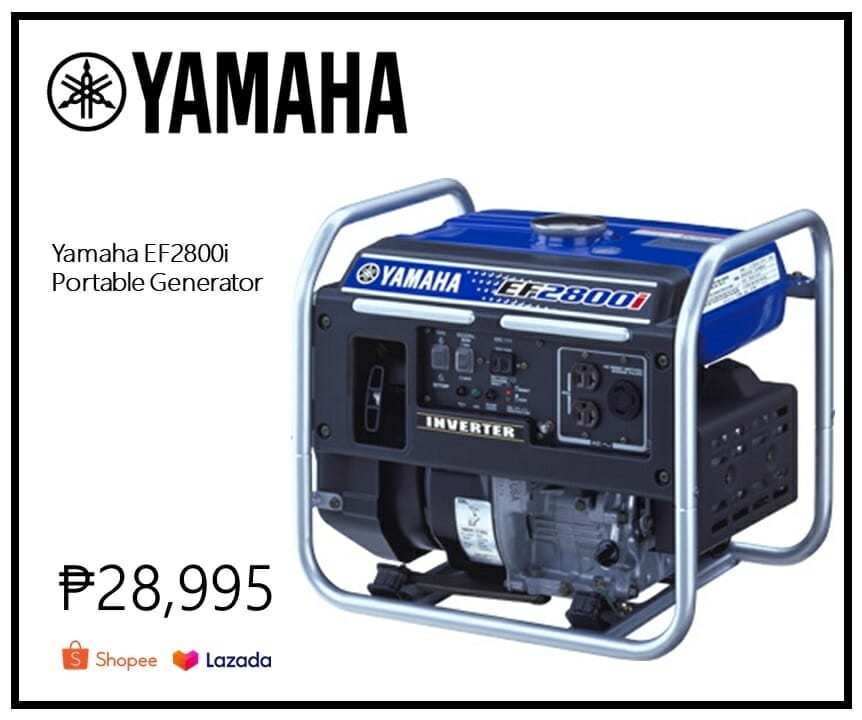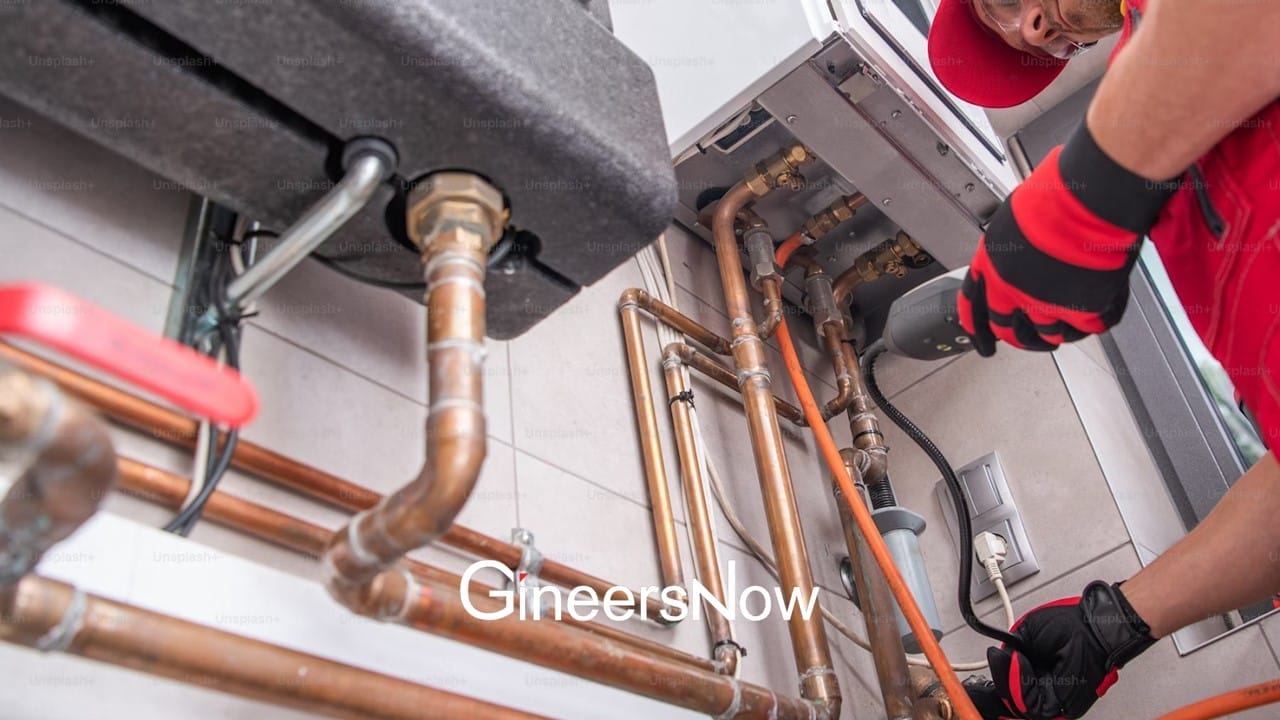As our parents’ age, their mobility and accessibility can become a major concern. The home that once felt comfortable and easy to navigate suddenly transforms into a source of frustration and potential danger. Thankfully, engineering solutions such as are available (i.e. smart fan switch) to help make homes more accessible and safer as we age.
From simple modifications like grab bars and handrails to more complex solutions like stairlifts and wheelchair ramps, these modifications can make a world of difference.
Understanding Mobility and Accessibility Challenges
With age comes a decline in our physical abilities, such as reduced balance, muscle weakness, and joint pain. These changes can make it challenging to move around the home safely and independently. Simple tasks like climbing stairs, getting in and out of the shower, or walking down the hall may become difficult or even dangerous.
In addition to physical difficulties, elderly parents may also face cognitive obstacles. For instance, they may need help remembering where things are or become easily disoriented in their own home. All these difficulties increase the risk of falls and other accidents.
To tackle these challenges head-on, you must understand your parents’ mobility and accessibility requirements. This may involve having an engineer or occupational therapist perform a home assessment who can identify hazards and suggest solutions.

Engineering Solutions To Effectively Address Challenges
Various engineering solutions are available to help elderly parents navigate their homes safely and independently. They range from simple modifications like grab bars, insulation, and handrails to more complex solutions like stairlifts and wheelchair ramps.
Lift Systems
One of the most popular engineering solutions for mobility and accessibility challenges is installing lift systems. These can be installed indoors or outdoors, providing an effortless way for elderly parents to move between floors safely. Lift systems include stairlifts, platform lifts, and home elevators.
Automated Doors
Automated doors can be installed in homes to improve accessibility and mobility for elderly parents. These doors can be controlled remotely or by sensors. Making it simpler for those with physical limitations to enter and exit their homes with ease.
Smart Home Technology
Installing smart home technology can enhance the safety and accessibility of homes for elderly parents. This includes automated lighting systems, temperature control, and voice-activated devices controlled through a smartphone or tablet. This technology offers greater independence to parents who may experience mobility or accessibility issues.
Modified Vehicles
Another engineering solution to improve mobility for elderly parents is to modify their vehicles. Challenges like dementia and driving can affect their independence. Addressing this can include:
- The installation of wheelchair ramps or lifts.
- Hand controls for the accelerator and brakes.
- Swivel seats for easier entry and exit.
Assistive Devices
Assistive devices, such as mobility scooters, can also be installed to improve the mobility of elderly parents. These devices can provide greater independence and allow parents to move around their homes and communities more freely. Other assistive devices include hearing aids, walkers, and canes, which can improve safety and mobility for those with hearing or balance challenges.
Conclusion
Engineering solutions for mobility and accessibility can make a world of difference for elderly parents who are navigating their homes with physical and cognitive challenges. From simple modifications like grab bars and handrails to more complex solutions like stairlifts and wheelchair ramps: these solutions help improve safety, comfort, and independence.
By choosing the right engineering solutions and considering long-term benefits and costs, parents age in place and maintain their quality of life.












